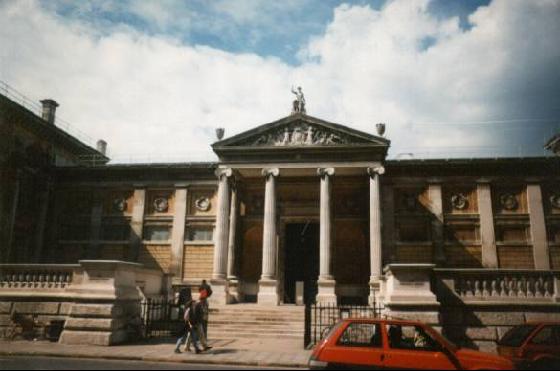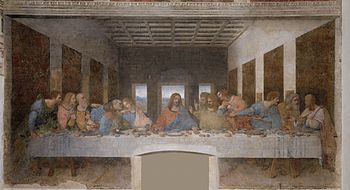


Leonardo di ser Piero da Vinci was born April 15, 1452 as the illegitimate son of a notary, Piero da Vinci and a peasant, Caterina. Growing up in the Florence, Italy, Leonardo was educated in the studio of Florentine painter, Verrocchio. In Milan, he spent much of his early working life under the service of Ludovico il Moro. Following Milan, da Vinci lived in Rome, Bologna and Venice.
Many of Leonardo's ideas were considered to be well ahead of his time. Considered to be the archetype of the "Renaissance Man," da Vinci had endless curiosity which helped his power of invention. In his late years, he lived in France in the home given to him by King Francois I. da Vinci died May 2, 1519.
There is no one job that can be stamped on da Vinci. He was an Italian polymath, having been a scientist, mathematician, engineer, inventor, anatomist, painter, sculptor, architect, botanist, musician and writer. Da Vinci is most renowned for his Renaissance paintings the Mona Lisa and The Last Supper.

The Mona Lisa is a oil painted portrait of a woman, thought to be Lisa Gherardini (but never confirmed). Painted between 1503 and 1506, it is said to be the most well known painting of all time. The ambiguous work shows no facial expression on the woman, which people talk about most. It has also been pointed out that Lisa has no eye brows. This painting is now the property of the French Republic and has been on [permanent] display at The Louvre Museum in Paris since 1797.

The Last Supper is a fresco painting in the reflectory of the Convent of Santa Maria delle Grazie, Milan. Along with the Mona Lisa, it is one of the world's most famous paintings, as well as most studied. Believed to be painted around 1495, the painting represents the scene of The Last Supper of Jesus and his disciples. The scene depicts the conflict of when Jesus told his disciples that one of them would betray him. Very little of the original painting remains today.
Sources
Web Designer: Gabriella Cannarelli
Page created 10/9/2014